TMPRSS2 and ADAM17 cleave ACE2 differentially and only proteolysis by TMPRSS2 augments entry driven by the severe acute respiratory syndrome coronavirus spike protein
- PMID: 24227843
- PMCID: PMC3911672
- DOI: 10.1128/JVI.02202-13
TMPRSS2 and ADAM17 cleave ACE2 differentially and only proteolysis by TMPRSS2 augments entry driven by the severe acute respiratory syndrome coronavirus spike protein
Abstract
The type II transmembrane serine proteases TMPRSS2 and HAT can cleave and activate the spike protein (S) of the severe acute respiratory syndrome coronavirus (SARS-CoV) for membrane fusion. In addition, these proteases cleave the viral receptor, the carboxypeptidase angiotensin-converting enzyme 2 (ACE2), and it was proposed that ACE2 cleavage augments viral infectivity. However, no mechanistic insights into this process were obtained and the relevance of ACE2 cleavage for SARS-CoV S protein (SARS-S) activation has not been determined. Here, we show that arginine and lysine residues within ACE2 amino acids 697 to 716 are essential for cleavage by TMPRSS2 and HAT and that ACE2 processing is required for augmentation of SARS-S-driven entry by these proteases. In contrast, ACE2 cleavage was dispensable for activation of the viral S protein. Expression of TMPRSS2 increased cellular uptake of soluble SARS-S, suggesting that protease-dependent augmentation of viral entry might be due to increased uptake of virions into target cells. Finally, TMPRSS2 was found to compete with the metalloprotease ADAM17 for ACE2 processing, but only cleavage by TMPRSS2 resulted in augmented SARS-S-driven entry. Collectively, our results in conjunction with those of previous studies indicate that TMPRSS2 and potentially related proteases promote SARS-CoV entry by two separate mechanisms: ACE2 cleavage, which might promote viral uptake, and SARS-S cleavage, which activates the S protein for membrane fusion. These observations have interesting implications for the development of novel therapeutics. In addition, they should spur efforts to determine whether receptor cleavage promotes entry of other coronaviruses, which use peptidases as entry receptors.
Figures

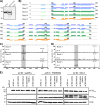
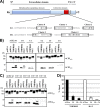
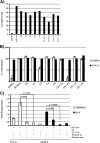

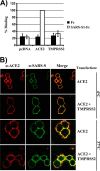

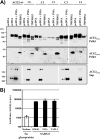

References
-
- Holmes KV. 2001. Coronaviruses, p 1187–1203 In Knipe DM, Howley PM, Griffin DE, Lamb RA, Martin MA, Roizman B, Straus SE. (ed). 2001. Fields virology, 4th ed. Lippincott Williams & Wilkins, Philadelphia, PA
-
- Woo PC, Lau SK, Chu CM, Chan KH, Tsoi HW, Huang Y, Wong BH, Poon RW, Cai JJ, Luk WK, Poon LL, Wong SS, Guan Y, Peiris JS, Yuen KY. 2005. Characterization and complete genome sequence of a novel coronavirus, coronavirus HKU1, from patients with pneumonia. J. Virol. 79:884–895. 10.1128/JVI.79.2.884-895.2005 - DOI - PMC - PubMed
Publication types
MeSH terms
Substances
LinkOut - more resources
Full Text Sources
Other Literature Sources
Molecular Biology Databases
Miscellaneous

